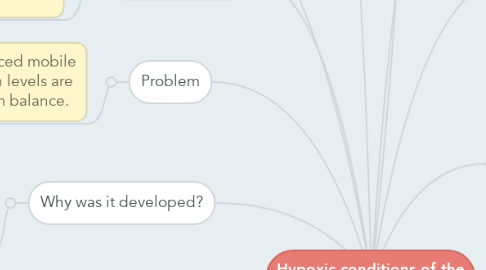Hypoxic conditions of the Chesapeake Bay
by Tash Natalie

1. Populations of oysters in the Chesapeake Bay was reduced to 1% of their storical abundance in 2001.
2. Oysters situation
3. Why?
3.1. Overharvesting, poor water quality, virulent oyster diseases and the destruction of their ecosystems.
4. Problem
4.1. Hypoxia killed immobile organisms and forced mobile organisms to flee to habitats where oxygen levels are higher. This alterated the aquatic ecosystem balance.
5. Their importance
5.1. As oysters feed, they filter phytoplankton reducing phytoplankton densities, clarifying water and supporting the growth of underwater grasses.
6. Why was it developed?
6.1. The extintion of most of the oysters of the region caused the death of phytoplankton; when they die, they are descomposed by bacterias and this depletes oxygen in the water.
7. What is Hypoxia?
7.1. Hypoxia is a phenomenon that occurs in atmosphere or aquatic environments as dissolved oxygen becomes reduced in concentration to a point where it becomes harmful to organisms living in the system creating "Dead Zones".
8. Solutions
8.1. Dave Schulte, a scientist, proposed to introduce to the Chesapeake Bay different type of oysters and to restore parches of reefs in order to restore native oyster population.
9. Improvements
9.1. In 2007, thanks to the groups that were dedicated to the restauration of the ecosystems and also to the fact that oysters were left alone, oyster population grew to 185 miilion.


